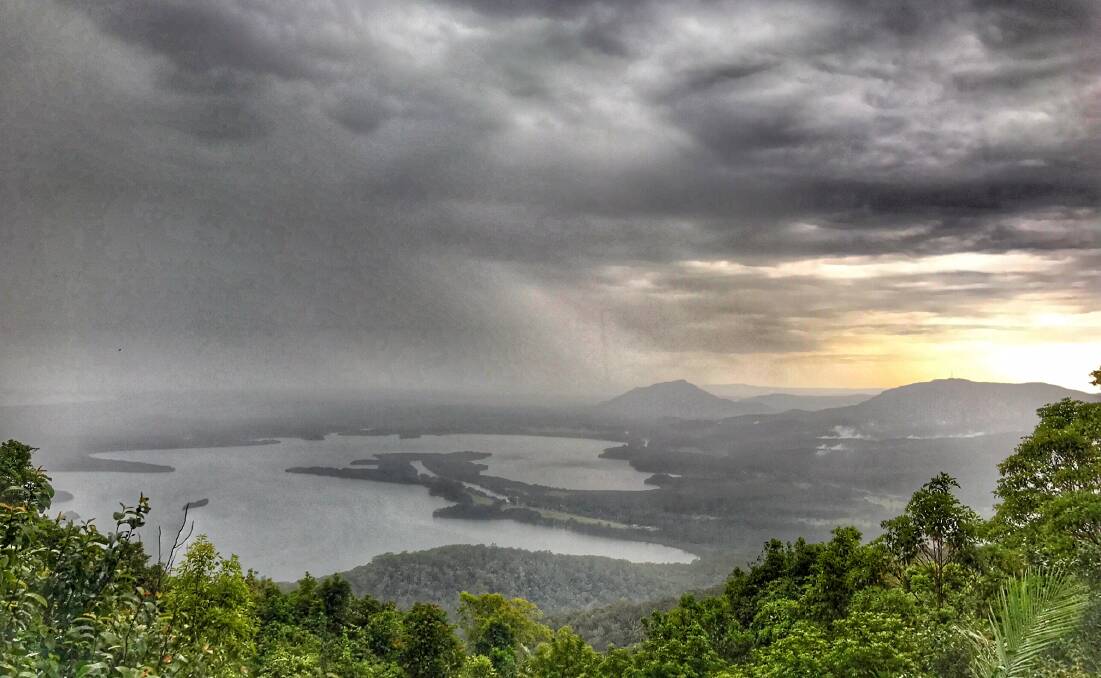
THE STAR OF BETHLEHEM
As a former high school physics teachers I was fascinated to read the article by Dave Reneke on the “fabled Christmas star”.
Subscribe now for unlimited access.
$0/
(min cost $0)
or signup to continue reading
I would not call the account in St Matthew’s gospel a fable because its purpose is not to teach or emphasise a moral point or tell a parable. The story has a historical setting which can be matched with other records of Roman history.
When the wise men or astrologers (number uncertain) arrived in Jerusalem from Iraq, Iran, Syria or wherever (using modern names) they said they had seen a star (or planet) there which was obviously out of the ordinary. It had been observed by them weeks earlier.
All the stars and planets move across the sky every night, mostly east to west, due to the Earth’s rotation – day/night.
Yet after the interview with King Herod, the star reappeared moved somewhat then came to rest – like a stationary satellite. How could it stop and illuminate one area only, like a laser beam or searchlight inverted?
The conjunction of planets Jupiter and Venus is believable; several months ago we saw a couple of planets narrowly miss each other as they moved (an optical effect in two dimensions).
The problem with Venus is that it only gets halfway up from the horizon either in the morning (east) or evening (west). Could it have been Jupiter and Mars or even Jupiter and Saturn?
Both of these pairings would produce a very bright “star”, which could be overhead, but would remain for months separate.
Some claim that Chinese records show what we would now call a supernova which would be short-lived around this date.
It does no harm for us to speculate on the astronomy of the event. St Luke tells us that there were many gospels of sorts around and St John also infers the same.
Miracle or not – something strange occurred. Thanks Dave.
Bob Craine, Lakewood
STARGAZING
As Australia gears up for the Christmas break our warm summer evenings make the night sky come alive, and you don't need to be a professional astronomer, or even have a telescope, to catch all of these celestial treats. This summer in particular will feature a wide variety of astronomical events that can be seen from your own backyard. The most consistent meteor shower of the year, the Geminids, starts this weekend. The shower is centred in the north-east around 11pm and is visible until dawn. Usually expect around 20 meteors per hour. If you can’t travel to a dark spot, find a shed or part of the house that gives you some shade from the glare. The best time to view the Geminids will be 2-3am. Grab a cuppa and just sit and wait. It’ll happen.
This summer will also be an excellent opportunity for stargazers to go planet spotting. Mercury can be found low in the south-west at sunset. Venus is eye-catching in the western sky after sunset. By the end of the month, the red planet Mars will have drifted towards Venus and will sit just above and to the right.
Mars is high in the west at sunset now and Jupiter can be seen in the eastern sky before sunrise, paired up with the bright star Spica. Unfortunately Saturn is too close to the Sun to be seen this month. It returns to the morning sky in January.
Until the late 1700’s we only knew of these six planets in the solar system, Uranus Neptune and Pluto hadn’t even been thought of. The term ‘planet’ comes from the Greek word for wanderer. Many ancient people thought that the planets were gods, so they gave them the names of their gods. All of the planets, except Earth have names of Roman deities. For instance, Mercury is the winged messenger of the gods, Mars is the god of war and because of its virginal white light, Venus was called the Goddess of Love. So, what’s Earth’s real name? It’s Terra! Yep, as in Terra Firma, and did you know the Moon has a proper name too – it’s called Luna!
Dave Reneke, Australasian Science Magazine

